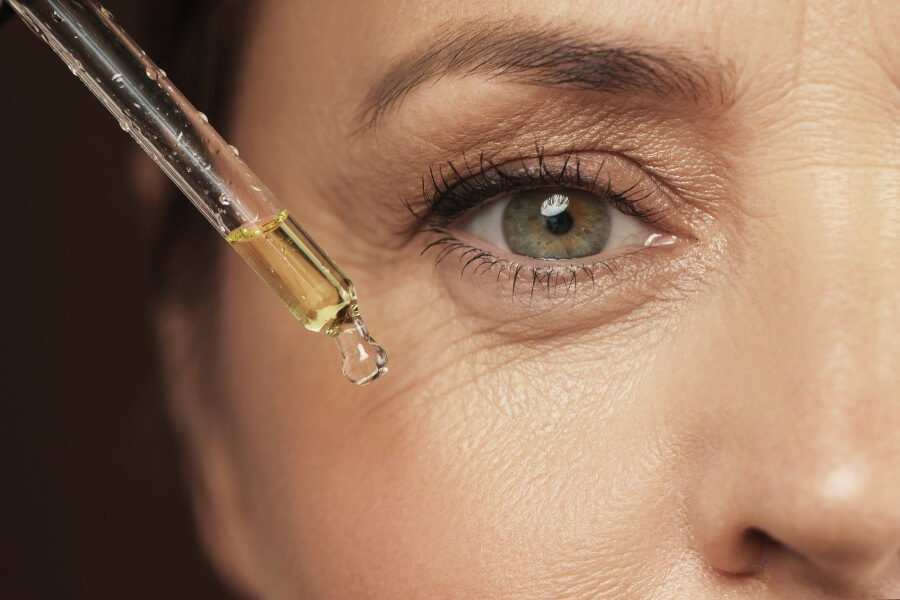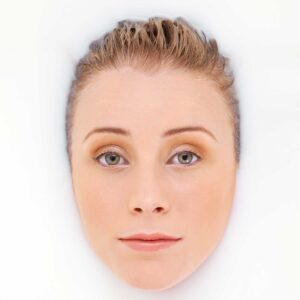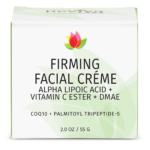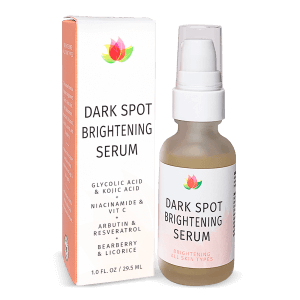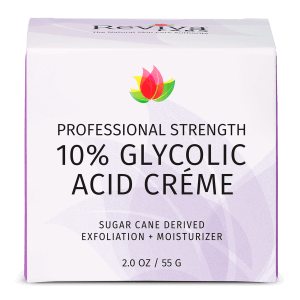Clean Beauty, Natural, Reviva Labs, Skin Care
Skin Microbiome and Aging Skin
As we age, our skin undergoes various changes that result in the appearance of wrinkles, decreased elasticity, and impaired barrier function. While intrinsic factors like hormonal and metabolic changes contribute to skin aging, extrinsic factors such as exposure to sunlight and smoking also play a significant role. Recent research has shed light on the impact of the skin’s microbiome on the aging process.
Understanding the Skin Microbiome
The skin, being the body’s largest organ, acts as a protective barrier against the external environment. It is home to a diverse community of bacteria, fungi, and viruses collectively known as the skin microbiome. These microbial communities do not cause diseases but actually provide various benefits to the body. The skin microbiome interacts with the body’s immune system, influencing its functioning. The immune system, in turn, is in charge of regulating the composition of the skin microbiome.
The Impact of Aging on the Skin Microbiome
Aging leads to structural and functional changes in the skin, resulting in visible signs of aging like wrinkles and sagging skin. These changes can be attributed to a decline in the production of sebum, a decrease in water content, and immune dysfunction. Advanced scientific techniques have allowed researchers to delve deeper into the changes occurring in the skin microbiome during the aging process. By analyzing skin samples, scientists have identified certain species of bacteria consistently present in the skin microbiome, including Staphylococcus, Cutibacterium, Corynebacterium, and Acinetobacter.
Unveiling Bacterial Pathways Associated with Skin Aging
To further understand the connection between cellular processes, genes, and skin aging, a recent study set out to understand the connection between the body’s cellular processes and the function of bacteria involved in skin aging. The study involved collecting skin swab samples from healthy female participants in two age groups: 20-28 and 59-68. The researchers analyzed the genetic information of the skin microbiome and identified bacterial pathways associated with skin aging, primarily related to the production of ceramides, fatty acids, pigmentation, and protein glycation.
The Role of Ceramides in Skin Aging
Ceramides are lipids that play a crucial role in maintaining the skin’s barrier function. The study revealed that bacterial pathways involved in the production of ceramides are linked to skin aging. As we age, the production of ceramides decreases, leading to a compromised skin barrier and increased vulnerability to external aggressors. Understanding these bacterial pathways can pave the way for targeted interventions to restore ceramide levels and improve skin health.
Fatty Acids and Skin Aging
Fatty acids are essential components of the skin’s natural moisturizing factor, contributing to hydration and maintaining the skin’s integrity. The study identified bacterial pathways associated with the production of fatty acids that are linked to skin aging. With age, there is a decline in the production of sebum, which contains fatty acids, resulting in dryness and a loss of skin elasticity. Restoring the balance of fatty acids through targeted interventions may help mitigate the effects of aging on the skin.
The Impact of Pigmentation on Skin Aging
Another key finding of the study was the association between bacterial pathways involved in pigmentation and skin aging. Pigmentation plays a crucial role in the skin’s appearance, and changes in pigmentation are commonly observed with age. Understanding the influence of the skin microbiome on pigmentation can provide insights into the development of treatments targeting age-related pigmentation disorders, such as age spots and uneven skin tone.
Protein Glycation: A Culprit in Skin Aging
Protein glycation, a process where sugars bind to proteins like collagen and elastin, has been implicated in skin aging. The study identified bacterial enzymes involved in protein glycation that are associated with skin aging. Accumulation of glycation end products in collagen and elastin can lead to a loss of skin elasticity and sagging. Targeting these bacterial enzymes may offer new avenues for preventing or reducing protein glycation and its detrimental effects on the skin.
Implications for Future Research and Treatment Development
While the study provides valuable insights into the bacterial pathways associated with skin aging, further research is needed to validate and expand upon these findings. The small sample size and lack of diversity in the study participants limit the generalizability of the results. Future studies should aim for larger and more diverse cohorts to better understand the interplay between the skin’s microbiome and aging.
The identification of bacterial pathways related to skin aging opens up exciting possibilities for the development of novel anti-aging treatments. By targeting specific bacterial functionalities, such as ceramide production, fatty acid synthesis, pigmentation regulation, and protein glycation, researchers may be able to develop interventions that slow down or reverse the signs of skin aging. Prospective studies that explore the effectiveness of these targeted interventions will be essential in bringing new anti-aging treatments to fruition.
The skin’s microbiome plays a significant role in the aging process, influencing various aspects of skin health and appearance. By understanding the complex interplay between the skin’s microbiome and aging, we can unlock the secrets to youthful skin and pave the way for innovative anti-aging interventions.



